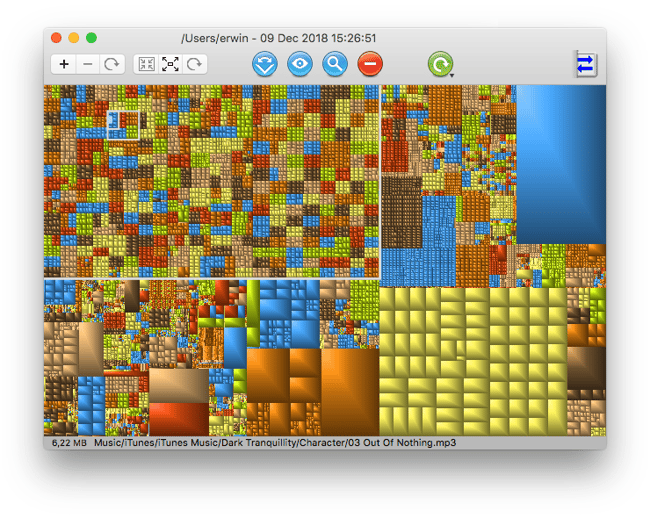
 Daisy Disk is one of the best, and best looking, Mac based disk space optimisers, but there are also some really good free alternatives
Daisy Disk is one of the best, and best looking, Mac based disk space optimisers, but there are also some really good free alternatives
With the prevalence of SSD storage and the need for ultra-fast speeds to cope with modern video, capacity is no longer the cheap commodity it once was when mechanical drives ruled the roost. Arthur Ditner offers some useful advice on optimising precious drive space.
Hard disk storage is one of the most coveted resources as creative professionals. Especially with the recent migration to solid-state and flash memory based primary disks, where storage far exceeds cost per gigabyte compared to a standard mechanical platter.
Temporary renders, old project files, and even web browsers are all culprits when it comes to your free space eroding away. Many applications by default set cache folder paths to understandable locations such as a documents folder, where others will bury themselves deep within your system library. Autosaves and external backups can add up quickly as well.
Grand Perspective (Mac) and Space Sniffer (Windows) are both great, free options that help visualize your disk utilization. Today my 250GB hard disk was at 99% capacity, so I ran Grand Perspective.
Take a look at the graphic below. The larger items generally are applications. The smaller clusters of squares are a visual representation of any file type. On my workstation, all media is stored on a separate media disk, so these clusters are suspect.

Grand Perspective offers a free way to see a graphical representation of how your disk space is used.
Quite often you’ll find large amounts of data that is completely unneeded. To do this in Grand Perspective, simply hover your mouse along any of the clusters and the folder path will appear on the lower task bar.
Upon closer inspection I found the Avid Attic, which was home to dozens of backups of projects that have been long since completed. Adobe Media Encoder had stored 30GB of temporary renders which is particularly alarming since I’ll occasionally use that application to kick off a YouTube optimized output and little else, so why would I need to save that cache file for future use? Lastly, I found a DaVinci Resolve gallery path that I had completely forgotten about that was safe to clear out.
Got a tip for better file management? Or do you use any applications that help manage your temporary media files? Let me know in the comments section below!
Tags: Technology


Comments